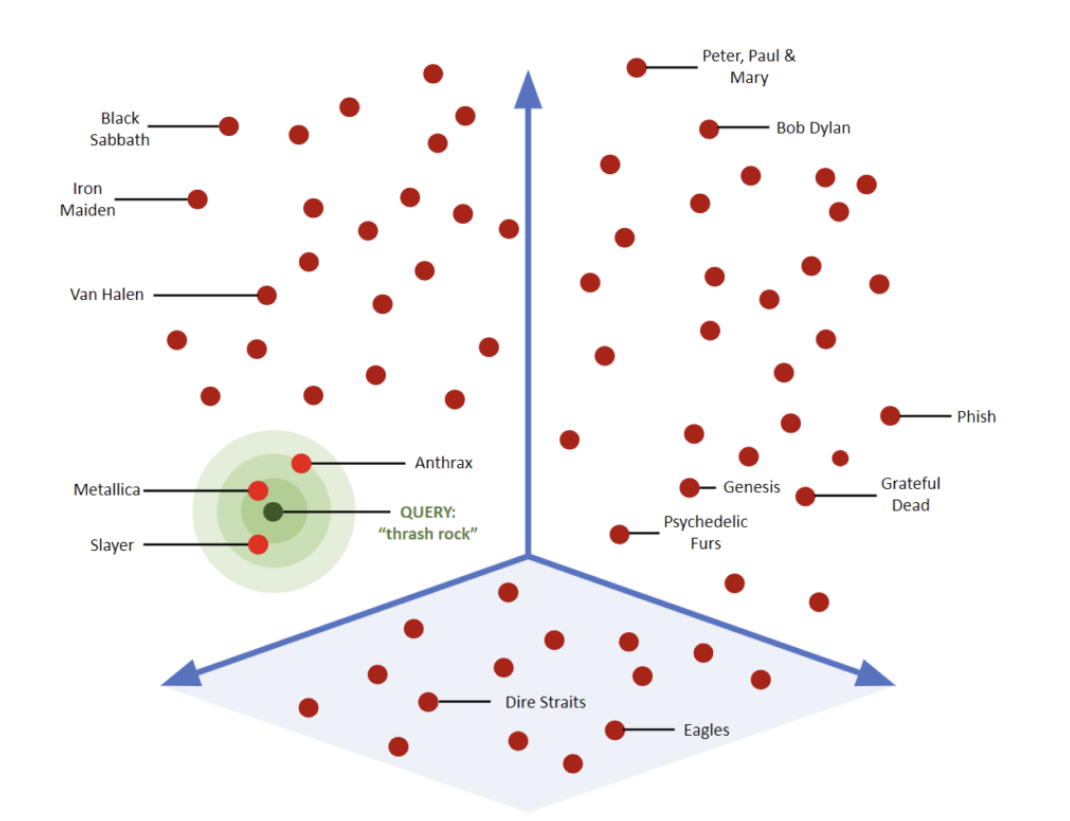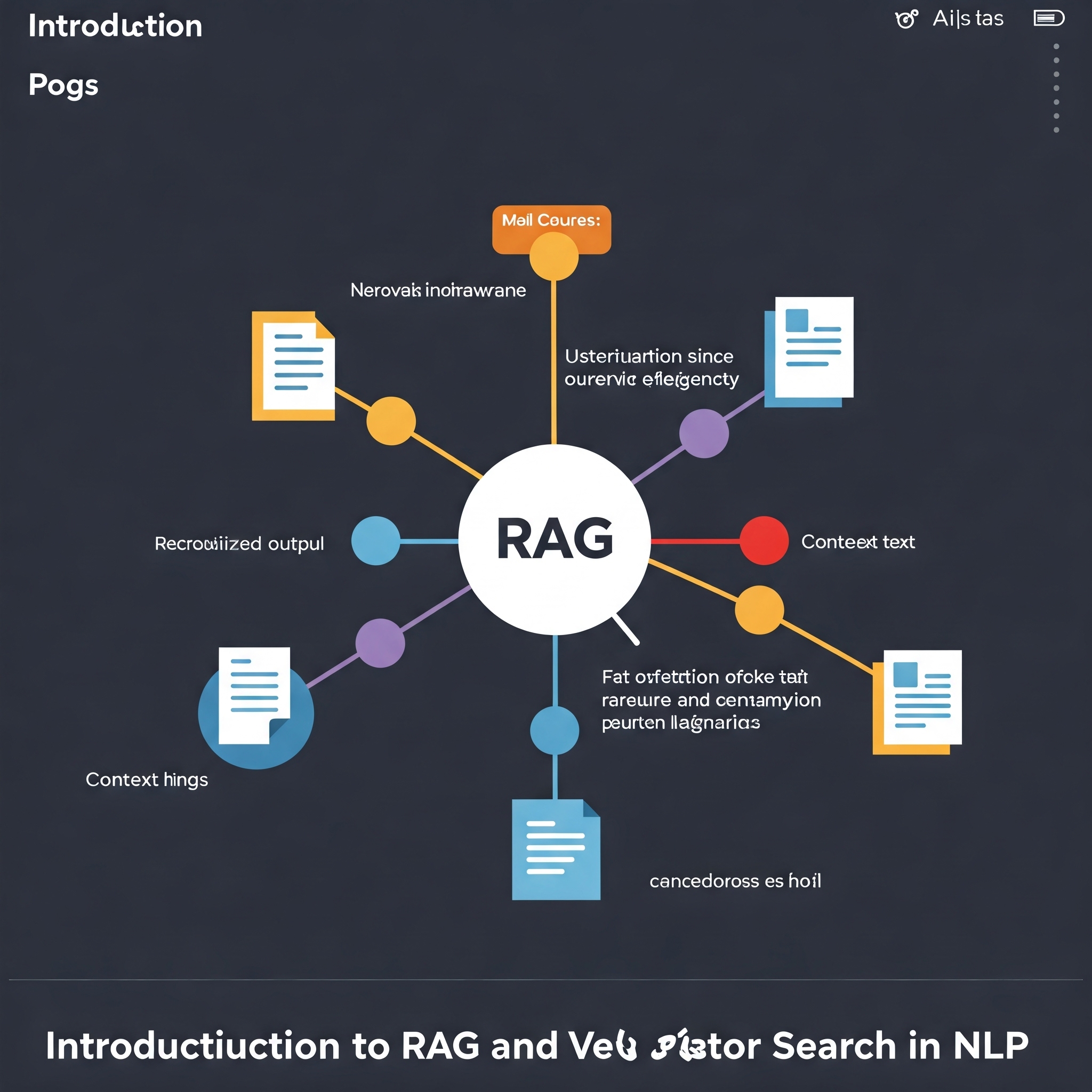Introduction to RAG and Vector Search in NLP
In today's world of Natural Language Processing (NLP), we increasingly encounter solutions that combine different approaches to achieve the best possible results. In this post, we will look at two such approaches: RAG (Retrieval Augmented Generation) and a lighter vector search. The aim of this article is to discuss when it is worth using the more advanced RAG mechanism and when simpler vector search is sufficient.
Definition and Operation of RAG
What is RAG?
RAG, or Retrieval Augmented Generation, is a hybrid approach that combines content generation by language models with information retrieval from external sources. In practice, this means that the model not only relies on its internal knowledge but also actively searches for additional information to provide more accurate and contextual answers.
How does RAG work?
The RAG mechanism is based on two main components:
- Retrieval module: Searches for relevant text fragments or documents that may contain the necessary information.
- Generation module: Based on the collected data, it generates a response, combining knowledge from the search with its own language model capabilities.
Examples of RAG applications
- Q&A Systems: The user asks a complex questionand the system searches for information in documents and generates a coherent answer.
- Chatbots: Using RAG allows chatbots to provide more accurate and contextual responses.
- Contextual search engines: By combining information retrieval with response generation, you can obtain a tool that not only finds documents but also interprets their content.
What is Vector Search?
Basics of vector search
Vector search involves representing documents and queries as vectors in a multidimensional space. This makes it possible to compare the similarity between different texts using measures such as cosine similarity. This approach is relatively simple and fast, making it an ideal solution for quickly finding similar documents or text fragments.
 Source: https://www.couchbase.com/blog/what-is-vector-search/
Source: https://www.couchbase.com/blog/what-is-vector-search/
Applications of a simpler approach
- Quick search: Ideal in situations where speed is crucial and generating new content is not needed.
- Basic analyses: Useful where it is sufficient to find the documents most similar to the query.
- Systems with limited resources: Lower computational requirements make this solution attractive in applications where hardware resources are limited.
When is it worth using RAG?
Complex queries and context
RAG is particularly useful when queries are complex and require:
- Additional context: When the answer is not based solely on a simple search but requires complex data analysis.
- Combining information from various sources: In situations where we need to collect data from multiple documents and consolidate it.
- High precision: When an error or incomplete information can affect the quality of the response, e.g., in medical or financial systems.
When is vector search sufficient?
Scenarios for simpler applications
- Speed of operation: When the most important criterion is response timeand the queries are relatively simple.
- Low computational requirements: An ideal solution for applications or systems operating on limited resources.
- Less complex tasks: When it is not necessary to generate new contentand it is sufficient to indicate the most similar documents or text fragments.
Comparison of both approaches
Advantages of RAG
- High precision
- Flexibility
Disadvantages of RAG
- Computational requirements
- Implementation complexity
Advantages of vector search
- Speed
- Lower costs
- Ease of implementation
Disadvantages of vector search
- No content generation
- Contextual limitations
Summary
Choose RAG when your queries are complex, require additional context and precise answersand hardware resources are not a limitation.
Opt for lighter vector search when speed of operation, simplicity of implementationand lower computational demand are crucialand the queries are relatively simple.
